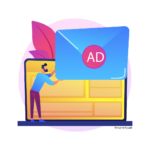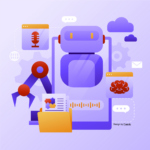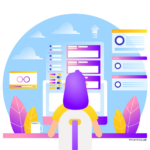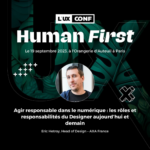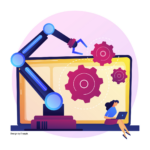North Star Metric, OKR and KPI: How to carry out a data workshop?
More and more companies are expressing their appetite for dashboards, without sometimes even having an exhaustive list of data to display. In a data-driven economic world, what should we consult beyond turnover, in the short, medium and long term? That … Read the article

